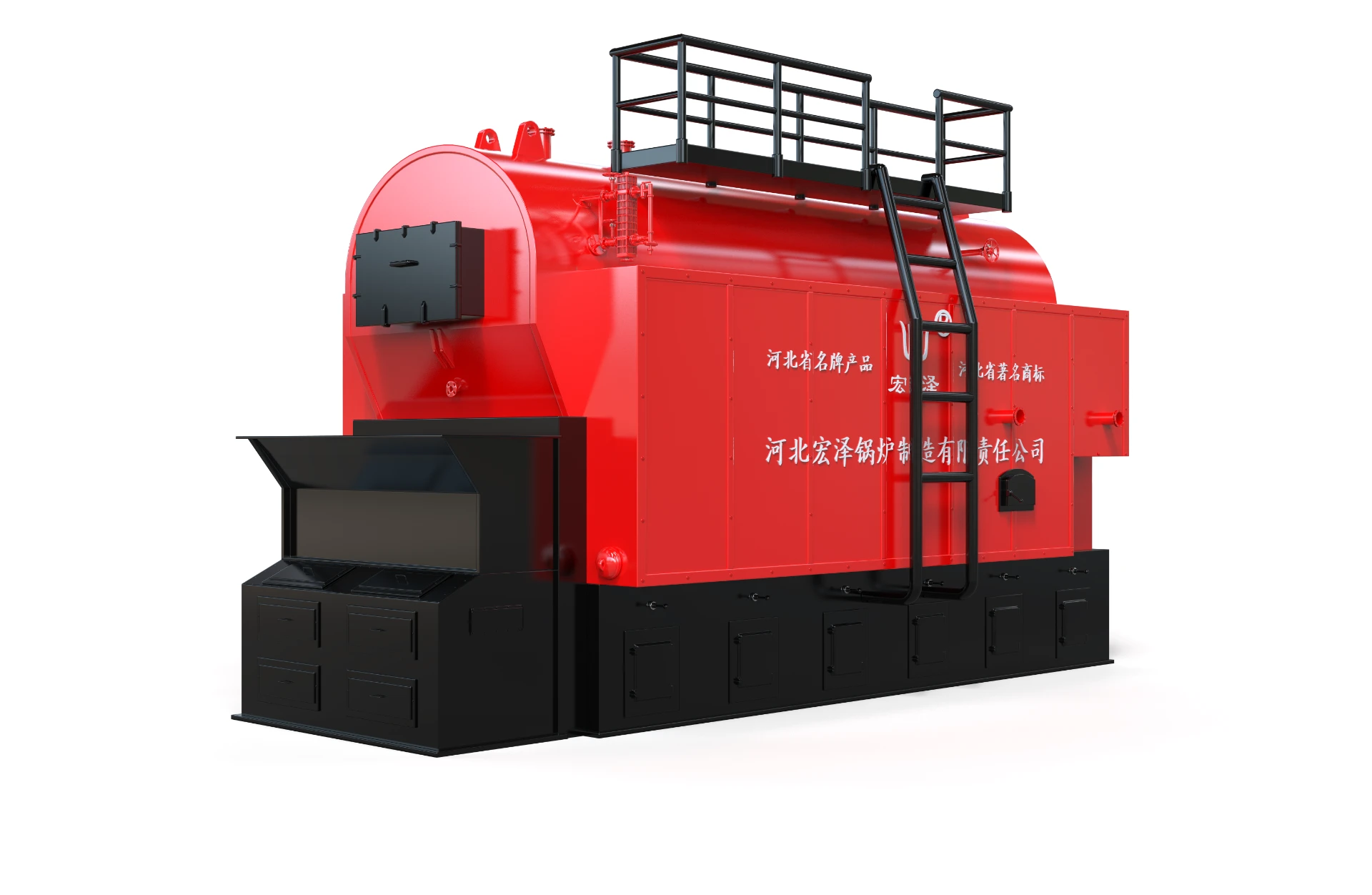
12월 . 25, 2024 09:25 Back to list
Utilizing Natural Gas for Efficient Steam Heating Solutions in Industrial Applications
The Role of Natural Gas in Steam Heat Systems
Natural gas has emerged as one of the most important energy sources globally, playing a crucial role in various heating applications, particularly in steam heat systems. Understanding the interplay between natural gas and steam heating is essential for anyone involved in the energy, manufacturing, or heating industries.
Overview of Steam Heat Systems
Steam heat systems generate steam through the heating of water. This steam is then distributed through pipes to provide heating for buildings, industrial processes, and other applications. Typically, the primary fuel sources for these systems have included oil, coal, and electric options. However, natural gas has become preferred due to its efficiency, lower emissions, and cost-effectiveness.
Advantages of Using Natural Gas
One of the key advantages of using natural gas for steam heat systems is its efficiency. Natural gas has a high heating value, which means that it can produce a significant amount of energy per unit. This characteristic allows for quicker steam generation and better control over temperature and pressure, making operations more efficient and responsive.
Another critical benefit is the environmental impact. Compared to coal and oil, natural gas burns cleaner, producing significantly lower levels of carbon dioxide (CO2) and other pollutants such as sulfur dioxide (SO2) and nitrogen oxides (NOx). This cleaner combustion not only helps in meeting increasingly stringent environmental regulations but also contributes to improved air quality.
Furthermore, the cost of natural gas has stabilized in recent years, making it a more economically attractive option for steam generation. Natural gas prices are typically lower than those of oil and coal, and advancements in extraction techniques, such as hydraulic fracturing and horizontal drilling, have greatly increased the supply of natural gas.
Applications in Industry
natural gas steam heat

Natural gas steam systems are used across various industries, including food processing, chemical manufacturing, and paper production. In the food industry, steam is essential for cooking, sterilizing, and cleaning processes. The chemical manufacturing sector relies on steam heat for distillation and other chemical reactions. Meanwhile, paper mills utilize steam to control drying processes, ensuring that the product meets quality standards.
Additionally, steam is critical in the HVAC (Heating, Ventilation, and Air Conditioning) systems of large buildings, where it provides reliable heating during colder months. The versatility of steam in various applications showcases the importance of gas-powered steam generation systems.
Challenges and Considerations
While natural gas offers many advantages, there are challenges associated with its use. Infrastructure is a key concern; regions without existing natural gas pipelines may face difficulties in adopting this fuel source. Additionally, the volatility of natural gas prices, although generally lower, can still pose financial risks for industries reliant on stable fuel costs.
Moreover, though natural gas is cleaner than other fossil fuels, it is still a hydrocarbon, and its extraction and transportation can lead to methane leaks—a potent greenhouse gas. Therefore, careful monitoring and regulation are necessary to minimize environmental impacts.
The Future of Natural Gas in Steam Heating
Looking forward, the role of natural gas in steam heat systems is likely to evolve as technology advances and the energy landscape shifts. Innovations in efficiency and emissions reductions can improve the sustainability of natural gas. Moreover, developments in carbon capture and storage technologies could further enhance its environmental viability.
The push toward renewable energy is also influencing the future of steam heating, pushing industries to explore hybrid systems, which may combine natural gas with renewable sources like biomass or solar thermal energy.
In conclusion, natural gas plays a pivotal role in steam heat systems, providing an efficient, cost-effective, and cleaner alternative to traditional fossil fuels. As industries continue to prioritize sustainability and energy efficiency, natural gas will likely remain a vital component of steam heating solutions, helping to bridge the gap between current practices and future energy demands. The development of related technologies will further solidify its standing in energy conversations worldwide.
-
High-Efficiency On-Off Steam Boiler for Reliable Heating Solutions Compare with Off Boiler Water Heaters & Steam Generators
NewsJun.24,2025
-
Best Steam Boiler Design PDF Free Design Calculation & Diagram Downloads
NewsJun.10,2025
-
Hot Boiler Water Heater Efficient Heating Solutions for Home & Commercial Use
NewsJun.10,2025
-
Steam Boiler Safety Devices High-Quality Protection Valves
NewsJun.10,2025
-
Ultimate Steam Boiler Checklist for Safety & Efficiency
NewsJun.10,2025
-
Optimal Hot Water Boiler Temperature Setting Guide
NewsJun.10,2025
Related PRODUCTS






















